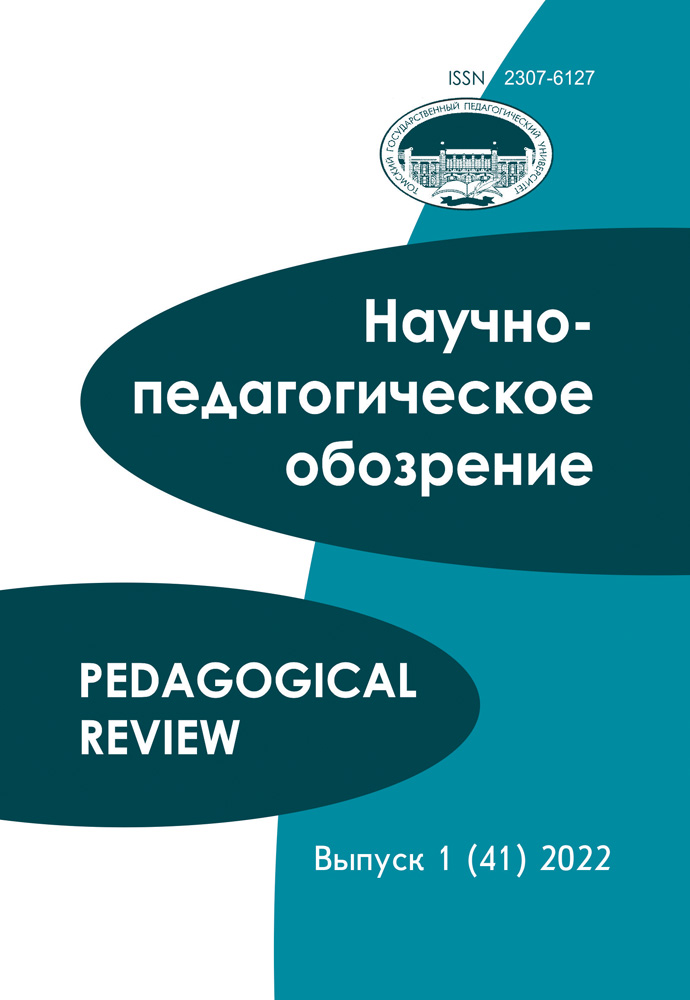Search
| # | Search | Downloads | ||||
|---|---|---|---|---|---|---|
| 1 | The article deals with different aspects of language interaction in a group of neighboring languages in the Akhvakh district of Daghestan, in particular Karata, Tukita, Tad-Magitl’ and Tlibisho (this zone later referred to as Karata cluster). The villages of the Karata cluster are all located within a short walking distance of 30–120 min from each other, in all four villages different languages are spoken: Karata, Tukita, Akhvakh and Bagvalal respectively. Qualitative and quantitative data was collected during a fieldtrip in March 2018 as part of a longterm project focussing on neighbor multilingualism in highland Daghestan. The research employed the method of retrospective family interviews. Respondents were interviewed about their language repertoire and the repertoire of their close relatives that they remembered, which enabled the researchers to conclude which languages were used in the interaction between neighboring villages before the Russification and which languages are used today. We found out that interaction between neighboring villages employed and still employs Avar, that is, the lingua franca model is the common strategy in the Karata cluster. Today more than 90% of the population of the four villages concerned have command of Avar, which is different from many other areas of highland Daghestan. In other parts of Daghestan the most common model for neighbor interaction was the use of a language of one of the neighbors (asymmetrical bilingualism). Symmetrical bilingualism (when both sides have command of each other’s languages) and lingua franca were less common. Whereas the level of Avar language is high, the level of active multilingualism in the languages of Karata cluster remains low. Passive knowledge of the neighboring languages is more wide-spread. We also found out that passive knowledge is asymmetrical for several reasons, which are discussed in the article. A suggestion is put forward that the level of understanding of neighboring languages is not only dependent on the genetic affinity of the languages but also on the direction of socio-economic contact. Similar to other regions of Daghestan, the command of Russian has grown in Karata, however, unlike in many other places, Avar as a lingua franca has not yet been displaced by Russian. Keywords: Daghestan, multiligualism, lingua franca, Avar language, Russian language, bilingualism, Karata language, Akhwakh language, Bagvalal language | 1669 | ||||








